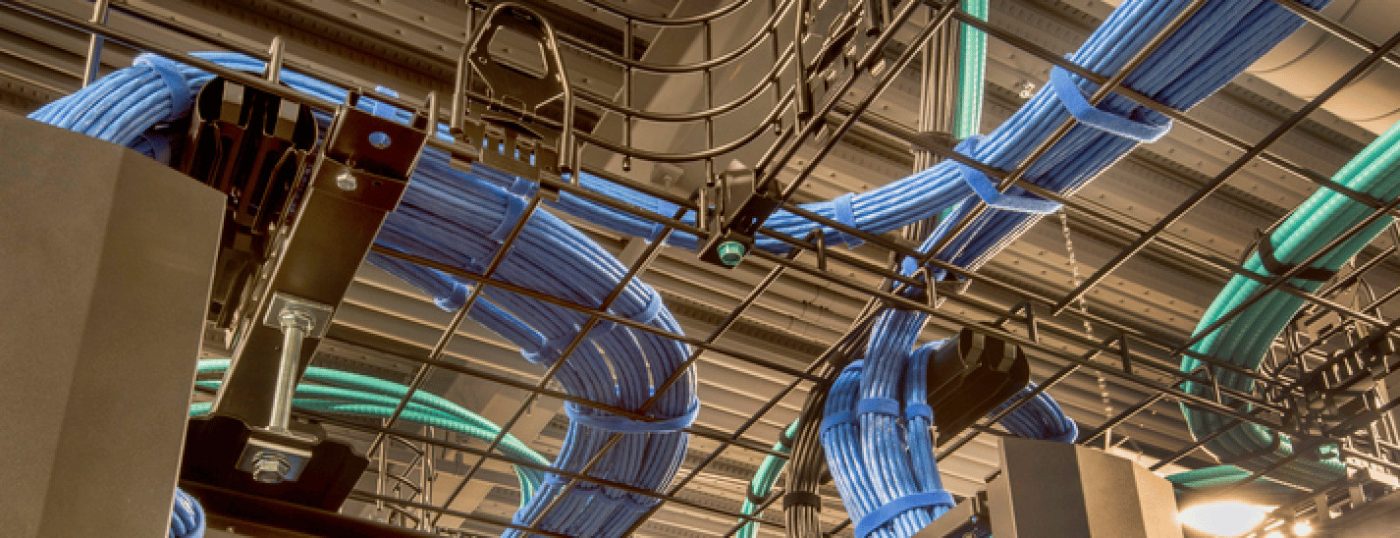In Houston’s dynamic business landscape, optimizing technological infrastructure is a critical driver of success. A common question among organizations is, “What’s the difference between data cabling and network cabling?” While these terms are often used interchangeably, understanding their distinct roles empowers business owners and IT leaders to make informed decisions about their office setups. A robust, future-ready cabling system is the foundation of seamless operations, scalability, and competitive advantage in today’s digital-first world.
Data Cabling: The Backbone of Digital Communication
Data cabling refers to the physical cables—such as Ethernet or fiber optics—that transmit electronic data across a workplace. These cables enable device-to-device communication, from connecting computers to printers to facilitating server interactions in data centers. The primary role of data cabling is to ensure secure, stable, and high-speed transfer of digital information. For Houston businesses increasingly reliant on cloud solutions and real-time communication, superior data cabling directly enhances productivity, operational efficiency, and long-term growth.

Network Cabling: Orchestrating a Connected Ecosystem
Network cabling encompasses the broader infrastructure that powers an organization’s computer network. Beyond data transmission, it includes the cables, hardware, and architectural design required to interconnect all workplace devices. Network cabling supports diverse functions—data, voice, video, and even security systems—ensuring seamless integration of Wi-Fi access points, VoIP phones, and surveillance systems. A well-executed network cabling strategy optimizes performance, minimizes disruptions, and creates a cohesive, high-efficiency environment.
Why This Distinction Matters for Houston Businesses
Understanding the nuances between data and network cabling is pivotal for building a resilient IT infrastructure. For Houston organizations, selecting the right cabling solution minimizes downtime, simplifies troubleshooting, and supports emerging technologies like VoIP, video conferencing, and cloud computing. A strategic cabling system reduces maintenance costs, enhances scalability, and positions businesses to adapt to future innovations. By grasping these differences, leaders can make targeted investments that align with their operational and strategic goals.
Key Differences Between Data and Network Cabling
Houston businesses should consider these four critical distinctions when planning their cabling infrastructure:
Scope: Data cabling focuses solely on transmitting data signals, while network cabling encompasses the entire network ecosystem, including voice and power systems.
Function: Data cabling enables direct device communication, whereas network cabling integrates devices into a unified, interconnected network.
Components: Data cabling typically involves Ethernet cables (e.g., Cat5e, Cat6, or fiber optics), while network cabling includes additional elements like patch panels, switches, routers, and structured layouts.
Installation: Data cabling addresses specific device needs, whereas network cabling requires meticulous planning to meet current and future organizational demands.
Partnering with the Right Cabling Expert in Houston
Choosing a trusted cabling partner is a game-changer for Houston businesses. A reputable provider conducts thorough assessments, identifies unique challenges, and delivers tailored solutions aligned with your objectives. Beyond installation, they offer ongoing support and maintenance to ensure your infrastructure remains reliable and adaptable. In an era where networks are the lifeline of modern workplaces, collaborating with specialists guarantees your connectivity needs are met today and into the future.
Navigating Cabling Challenges in Houston Workspaces
Cabling projects in Houston come with distinct considerations. Diverse office layouts, particularly in older buildings, demand creative solutions to meet modern standards. The city’s hot, humid climate and frequent flooding can degrade cable systems, necessitating durable materials and proactive designs. Additional challenges—such as electromagnetic interference, cable organization, and future-proofing—require expertise to mitigate risks and avoid costly disruptions. Partnering with professionals well-versed in Houston’s unique conditions ensures compliance with industry standards and delivers efficient, long-lasting results.
Conclusion: Empower Your Business with Strategic Cabling
For Houston businesses striving for efficiency and competitiveness, distinguishing between data and network cabling is a strategic imperative. The right cabling solution drives seamless communication, supports scalability, and maximizes your technology investments. At Enterprise Systems, we specialize in guiding Houston organizations through every phase of their cabling journey—from strategic planning and expert installation to proactive maintenance. By making informed cabling decisions today, your business is poised to thrive in tomorrow’s interconnected world. Contact us at sales@enter-sys.com to elevate your infrastructure and unlock your full potential.
Read More
The Hidden Peril: How Poor Cabling Practices Undermine Business Security in Texas
Top 7 Network Design Pitfalls Undermining Business Success in 2025


Recent Comments